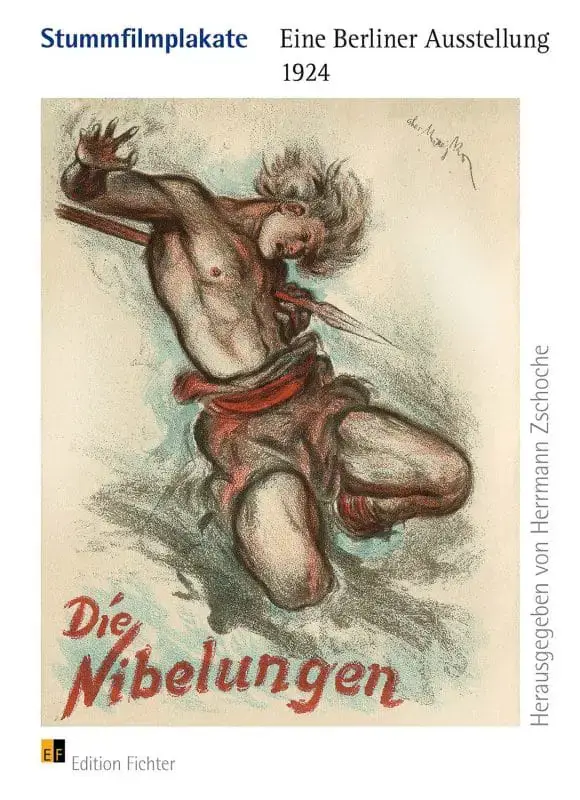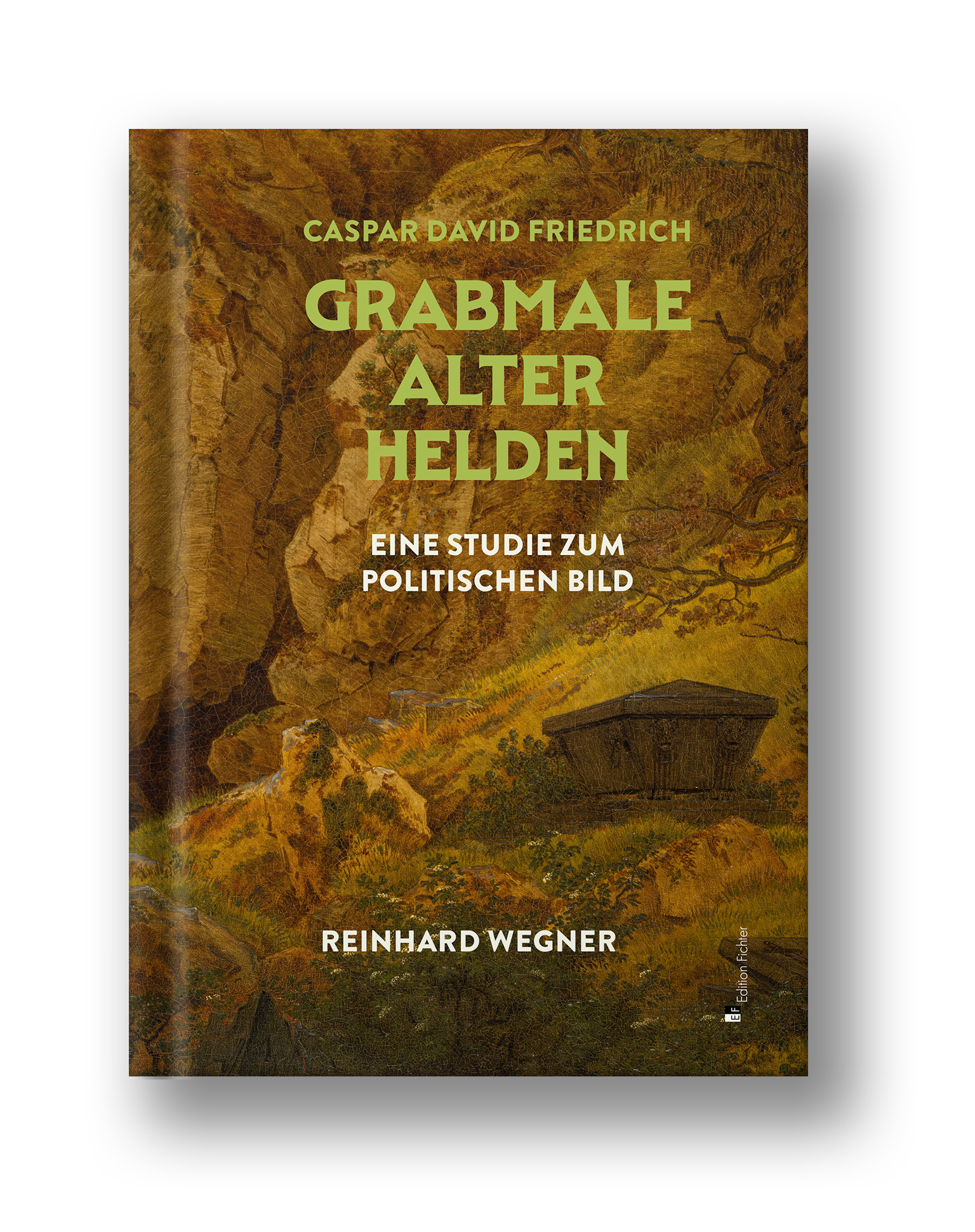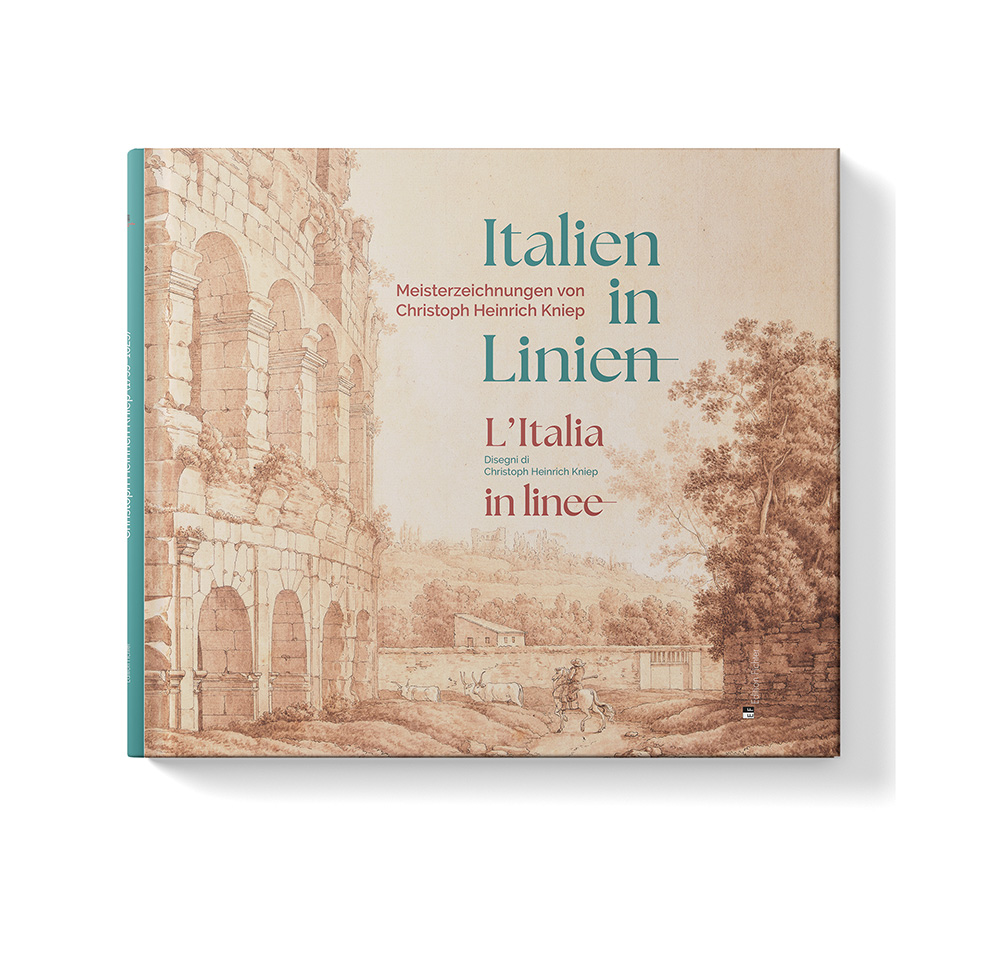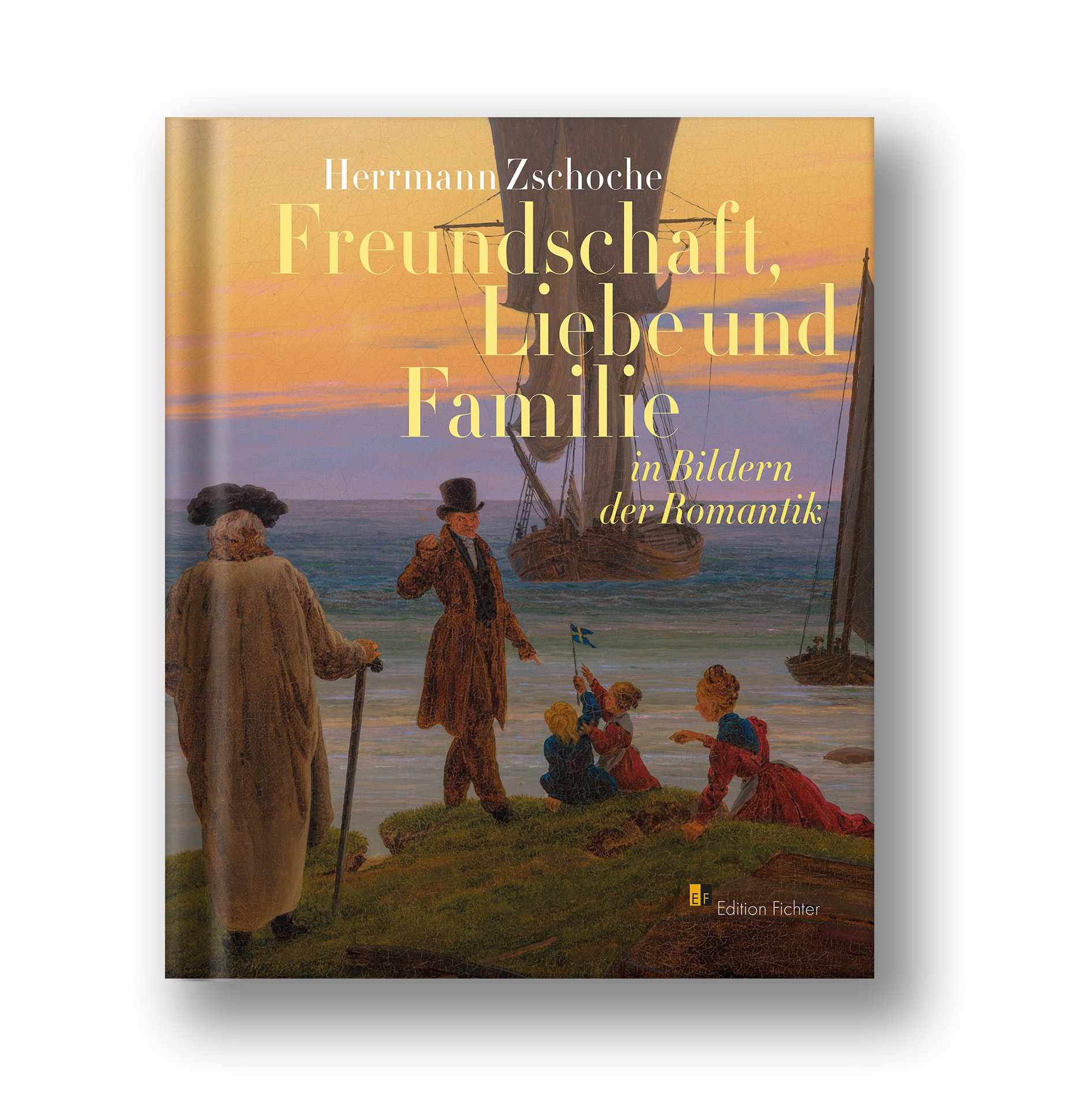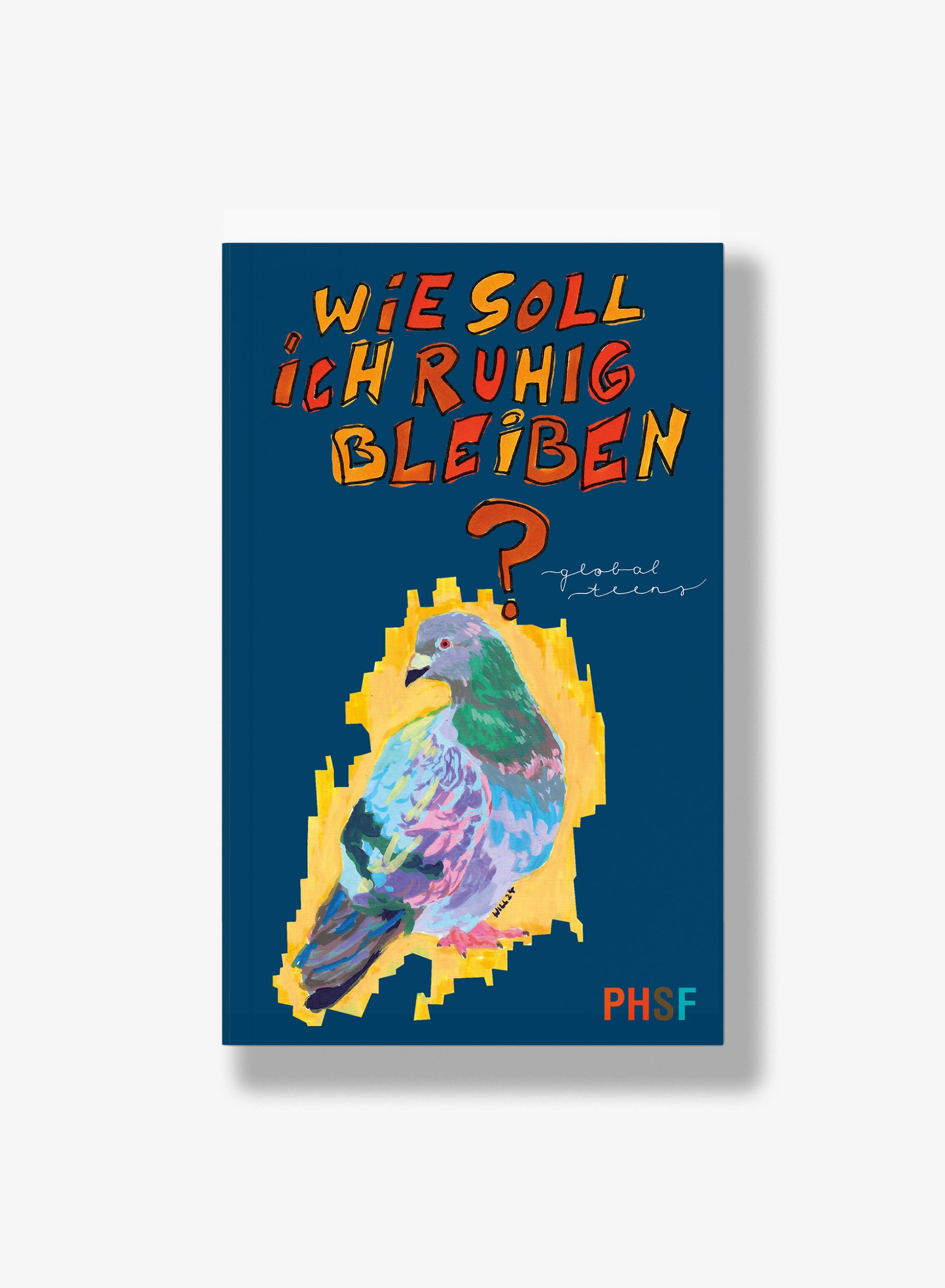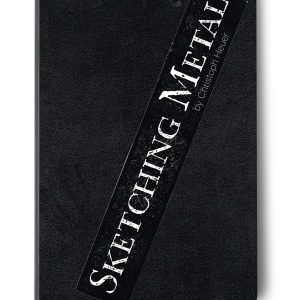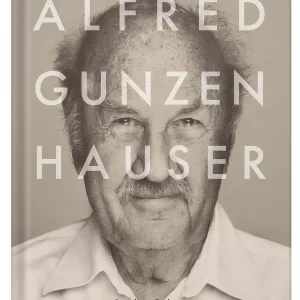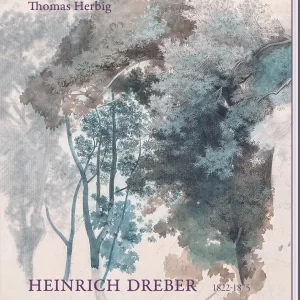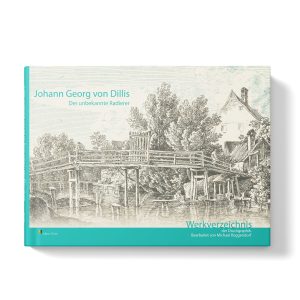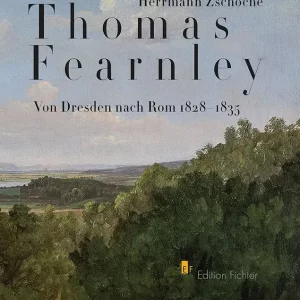Description
Film posters have been around as long as there have been films. Even the Lumière brothers advertised their films with advertisements and posters - even if these only consisted of text. However, the more film became a mass medium and industrial product, the more important professional advertising became. Commercial graphics were created that today provide information about the viewing habits of the time.
From around 1920, the major Berlin cinemas had their own posters printed. Josef Fenneker alone, who is represented here several times, created several hundred for the Marmorhaus on Kurfürstendamm. He incorporated impressions from Expressionism, Art Deco and Art Nouveau. It was not least this stylistic diversity that made the works impressive documents, which were also used to illustrate and atmospherically depict the Weimar Republic.
Theo Matejko's posters, drawn with thick chalk strokes, were in keeping with the theatricality of silent film. This was certainly one reason for his success in Berlin. Madame Dubarry (page 42) premiered in Vienna in January 1919 after scenes from the French Revolution in Act 7 had fallen victim to censorship. Matejko's poster also met with opposition from the Vienna police directorate and had to overcome the hurdles of censorship before it could be put up.
He later said: "Oh please, even dealing with censorship has to be learned. After all, I mastered it in Vienna. There I painted Dubarry writhing in the rough arms of the executioner. Revolutionary - provocative! But since, as I said, I had learned censorship, the poster lost its revolutionary appeal after a brief conversation with the governor. The revolution has still not broken out in Vienna. But this may be due to the sleepiness of the Viennese."
As with several others, it remains unclear which film Matejko's exciting poster was intended to advertise. Perhaps production was halted as a result of the hyperinflation of 1923 and the design was left without lettering.
Robert Leonard's poster for Ernst Lubitsch's early masterpiece Die Flamme, which premiered in Vienna in 1923, is a special treasure because no copy exists anywhere in the world.
The brochure reproduced here accompanied the exhibition at the Berlin Film Industry Club in Friedrichstrasse. The elaborate printing process of the partly hand-colored lithographs suggests a small edition. To date, only two further copies are known to exist. The design was created by Auchter-Arndt.
The producer P. Davidson writes: "Foreign countries love, not so wrongly, to bring big heads into posters. In their psychological effect on the naive passer-by in particular, they offer a very powerful element: the mimic expression". Leonard gives an example with Alles für Geld.
The poster "attracts" not only through what it shows, Davidson assumes, "but perhaps even more through what it conceals. If what is shown stimulates the viewer's imagination and curiosity, if it makes him want to see more, then it is complete."
A. Günsburg complains about the program notes: "One can be convinced that one would not have been offered anything like this in the Nile chamber plays in Tutankhamun's time.
In his foreword, Edwin Redslob speaks of the high artistic appeal of these works, which are only calculated for the moment. "Later times will be interested to see how it was not actually the specific will of conscious clients that was decisive here, but rather how the artists equipped themselves for the tasks to be set by their own instinct and determined their clients, often against their private artistic taste, to come up with ideas that then always very soon turned out to be the right and effective ones."
Today, students supervised by experts watch silent films together and talk about them. They are shown in selected cinemas and at festivals, often accompanied by live music, as in the past.
The Reinhold Schünzel Prize is awarded annually in recognition of services to German film heritage. We commemorate the director and actor with the posters for Alles für Geld and Der Graf von Cagliostro.
The editor Herrmann Zschoche, born in Dresden in 1934, directed 20 feature films for DEFA, including Karla, Bürgschaft für ein Jahr, Sieben Sommersprossen, Insel der Schwäne, the Hölderlin biography Hälfte des Lebens and Die Alleinseglerin. In 2016, the DEFA Foundation honored him for his artistic life's work. In 2019 he received the Berlinale Camera.
Facts
- 78 pages, 50 illustrations
- Softcover, gatefold brochure
- Frankfurt am Main 2019
- 21 x 29 cm
- 0.5 kg
- ISBN: 978-3-947313-03-7
Additional information
| Weight | 0.5 kg |
|---|---|
| Publisher | |
| Year | |
| ISBN | |
| Pages | |
| Illustrations | |
| Binding | |
| Weight | |
| Size | |
| Author(s) | |
| Publication date | September 26, 2019 |

